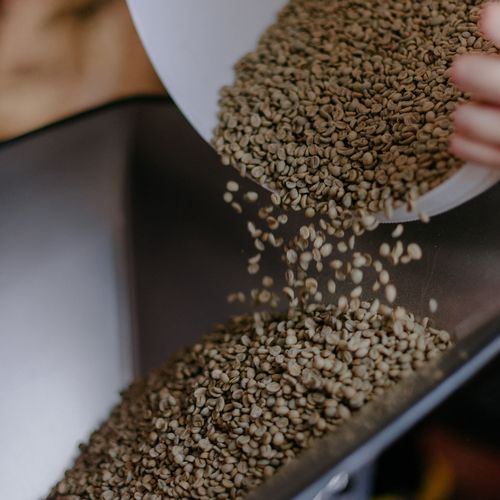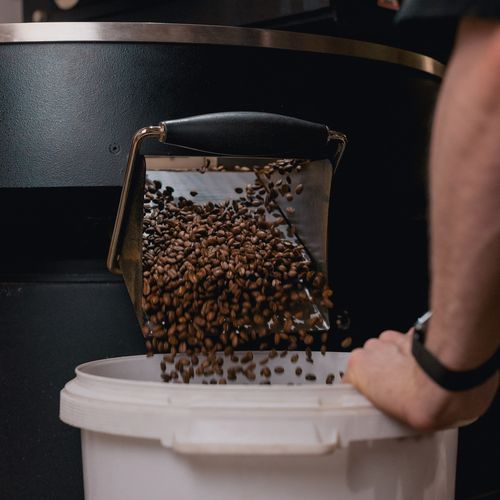Is it a coincidence that your stomach rumbles every time you decide to sip a steaming, hot coffee?
For most of us, the morning routine begins with the aroma of brewing coffee. However, your stomach might set in gear while your palates enjoy some coffee. What happens here is the acidity in the coffee sets in motion. While the acidity does not affect most coffee enthusiasts, it may cause the stomach to rumble if taken first thing in the morning. Coffee is acidic! The average pH level of coffee ranges between 4.48-5.10, determining it as quite acidic.
Let us take a look at the factors contributing to the acidity found in coffee.


What is Acidity?
With Coffee beans as the subject, there are two types of acidity.
The pleasant sharpness at the end of the mouth refers to perceived acidity. This leads to numbing sensation on the tongue's tip or dryness in the rear end of the palate. Chemical acidity determines the amount of acid in any substance. Acidic substances have a pH below 7.0.
Acidity contributes to factors such as heartburn, and acid reflux, leading to GERD. Acidic coffee might lead to acid reflux. Surprisingly, some researchers suggest that coffee reduces the risk of pancreatitis, cancer, and stomach ulcer.


What can affect the acidity in coffee taste?
A good cup of coffee ranges from excellent farming to perfect brewing. Similarly, acidity in coffee is also determined by several factors.
Origin:
The acidity or inflammatory property of coffee may result from how it is grown. Coffee grown in higher altitudes generally have a higher level of acids in the coffee cherry, while the beans cultivated at lower altitudes tend to be less acidic.
Roasting:
Research confirms that darker roasts of coffee have been found to have lower levels of perceived and chemical acidity. Both roasting duration and temperature contribute to acidity.
A study suggests lower chlorogenic acid levels if hotter coffee beans are roasted.


Brewing:
The brewing process of this beverage contributes highly to the acidic factor in coffee. Research shows that the brewing process releases nine primary acids that give coffee its unique flavor profile. The cold brew process is a sure-shot way to reduce acidity. Generally known as cold-drip coffee, this type is made by allowing ground beans to steep in cold water for about 24 hours.
Time:
Studies suggest that coffee beans roasted for more prolonged periods generate lower acid levels. The extra roasting time also develops a compound that blocks acid production in the stomach. A longer brewing time not only oomphs up the coffee's taste but leads to lower acidity too.
Grind Size:
The fineness of the grind is another factor that needs to be considered when it comes to acidity in coffee. The coarser the ground, the more acidity. A coarser grind size will slow down the rate of extraction because of less surface area, leading to more acid being extracted during the brewing process.

Can we reduce that acidity?
Coffee enthusiasts have devised several effective ways to help reduce the acid element in your favorite cup of coffee.
- If possible, give preference to cold brew coffee.
- Slow diffusion does the magic! Make a more prolonged extraction by increasing the contact time of water and coffee.
- The finer ground should be your choice.
- Brew at a higher temperature.
Did you know?
Your body constantly works to monitor the pH levels of blood and other fluids. The right pH levels are needed for a healthy organism. These levels in your blood are at which your body functions best.
Blood has a normal pH range of 7.35 to 7.45. So, blood is naturally slightly alkaline or basic.
Lungs and kidneys play a significant role in keeping this balance if either of the two organs malfunction, your blood's pH level can become imbalanced.
